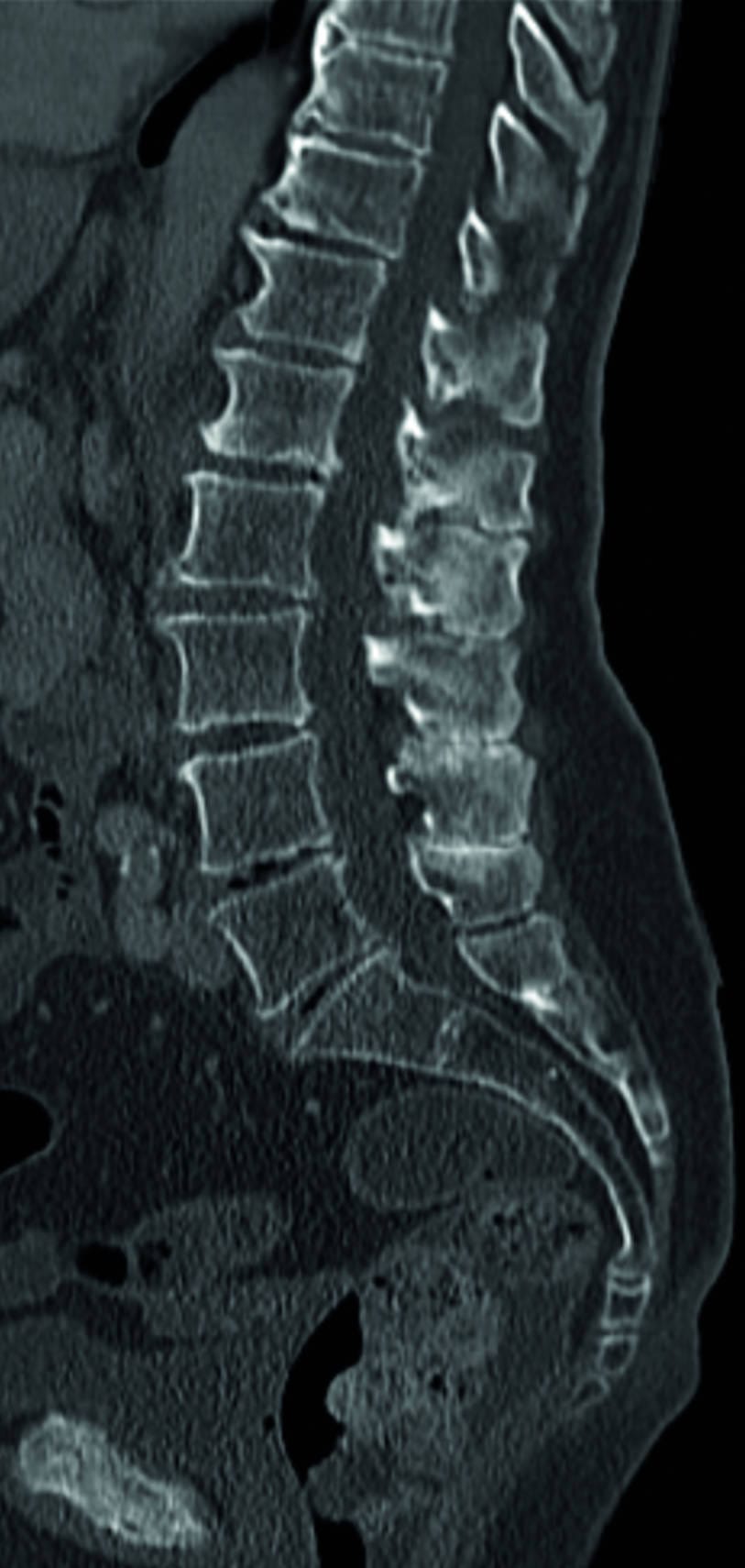Paralysed man walks after stem cell therapy
Indira Mallik looks at how cells from the nose could treat spinal injuries

Last week, it was reported that Darek Fidyka, a man from Poland, had begun to walk. He had been paralyzed from the chest down since 2010 after a knife attack. His recovery was hailed as ‘more impressive than man walking on the moon’ by Geoffrey Raisman, whose research at UCL almost 30 years ago made Fidyka’s recovery possible.
Many decades of research and trials have gone into spinal cell repair techniques, but few have yielded successful results. Until now it was commonly thought that paralysed patients would be unlikely to ever walk again. This is because the nerve cell axons that connect the rest of the body to the brain, allowing movement and sensation, are notoriously difficult to repair once damaged. The body’s natural healing process forms a thick glial scar over the injured region that inhibits the regeneration of nerve axons, permanently severing connection to the brain, and so sensation and movement are lost.
Professor Raisman’s research in 1985 showed that the nerve connection to the brain following spinal injury could be regained in mice following transplantation of olfactory ensheathing cells into the injured spinal cord.
Olfactory ensheathing cells (OECs) are support cells in the body’s complex circuitry for the sense of smell. This neural circuitry is the only part of the human nervous system that regenerates throughout adult life. This is because each odour we encounter is transmitted back to the olfactory bulbs at the top of the nasal cavity by nerves in the nose. These nerves are constantly being damaged and need to be replaced. OECs facilitate this regeneration process.
A research team led by Dr Pawel Tabakow, a consultant neurosurgeon at Wroclaw University Hospital has built on this concept by transplanting OECs to the site of injury on Mr Fidyka’s spinal cord. The team removed one of the patient’s olfactory bulbs and used it to derive a culture containing OECs.
The cultured OECs were then transplanted into the spinal cord stumps above and below the injury in 100 micro injections, and the 8 mm gap created by the knife wound was bridged by 4 strips of nerve from Mr Fidyka’s leg. The transplanted nerve acted as a scaffold and the OECs allowed the nerve axons in the spine to regrow. As all the cells came from the patient’s body, there was no risk of rejection.
Following the surgery, Mr Fidyka has undergone intense physiotherapy almost every day. After just three months his doctors noticed that he had gained muscle mass in his left thigh. Six months later, he was able to begin to take his first steps using parallel bars and the help of a physiotherapist.
Now, 19 months later, he is able to walk outside the rehabilitation centre using a frame. He has regained some sensation in his left leg, and his bowel function has improved.
Imaging has shown that the grafts had bridged the left side of the spinal cord, where the majority of the nerve grafts were implanted.
None of the researchers want to profit from the discovery. Professor Raisman has said “It would be my proudest boast if I could say that no patient had had to pay one penny for any of the information we have found.”
It is to be noted that the two patients treated previously with this technique by Dr Tabakow did not regain function. The scientists are hoping to recreate Mr Fidyka’s success in another 10 patients in Poland and Britain over the coming years, research grants permitting.
It could take many years for the technique to become mainstream, but until now there has been little hope for paralysis patients to regain their independence. What is doubtless is that Mr Fidyka’s tentative steps have meant a giant leap for mankind.
DOI: 10.3727/096368914X685131









